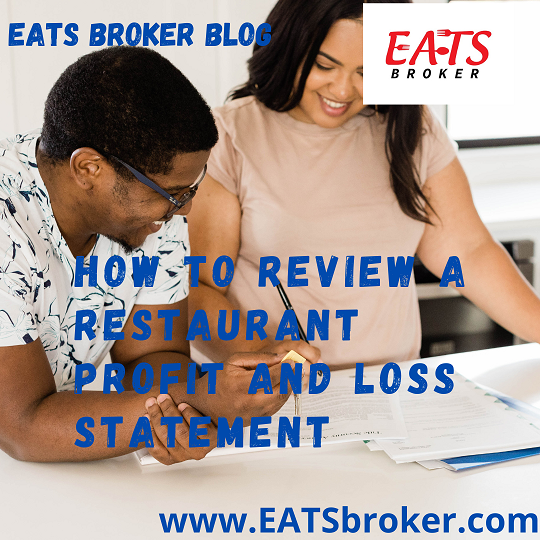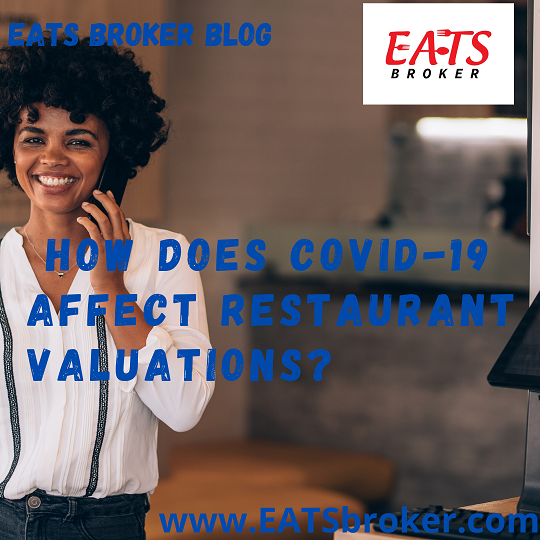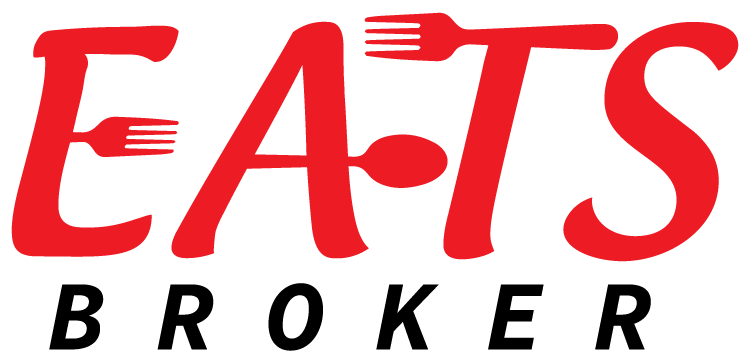How to review a Restaurant Profit and Loss Statement

Understanding how to review a Restaurant Profit and Loss Statement is a crucial variable for a Restaurant Valuation to determine the restaurant’s actual value. Restaurants are one of the industries that the ratios on a profit and loss statement can give valuable clues on how a seller operates his/her restaurant. Unexperienced buyers will look straight […]
3 Types of Buyers after Covid-19

EATS Broker talks to 3 Types of Buyers after the Covid-19 pandemic outbreak about buying a restaurant. The conversations we had before Covid-19 were much different than the conversations now. Today’s conversations come with a collection of unknown factors. Today’s market is buzzing with a large number of buyers and sellers entering the market. Some […]
How does Covid-19 affect Restaurant Valuations?

Everybody has a unique story about how the coronavirus crisis has affected their lives. During my alone time I have thought about how does Covid-19 affect Restaurant Valuations moving forward? My personal story as a Restaurant Broker is that I was scheduled to close my 1st deal with my brokerage EATS Restaurant Brokers in March […]

